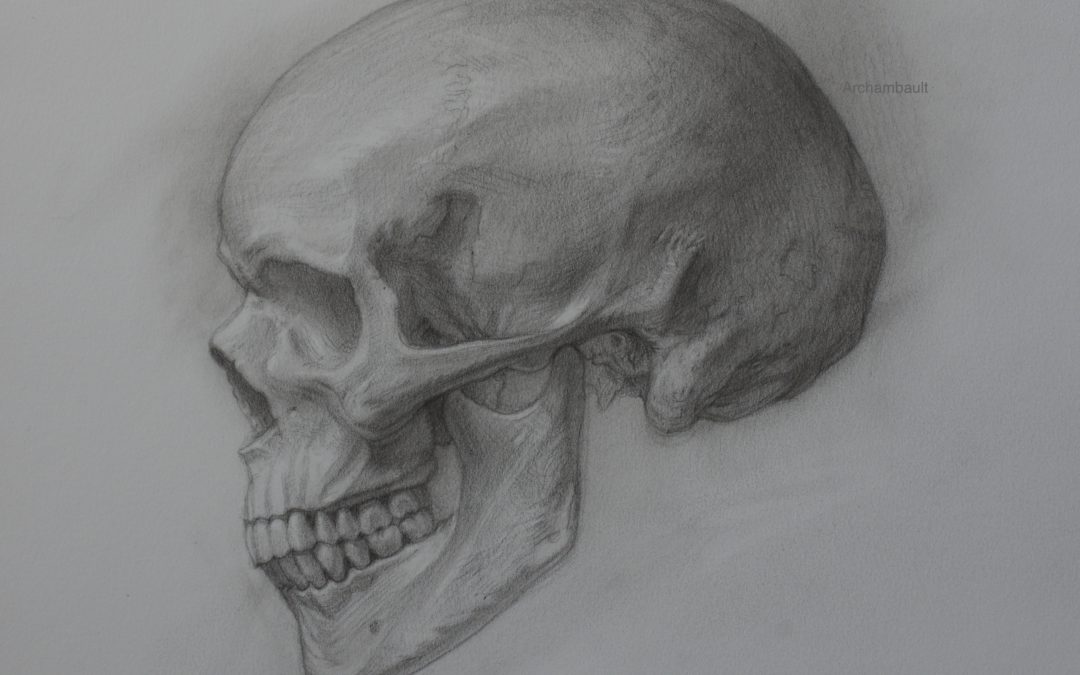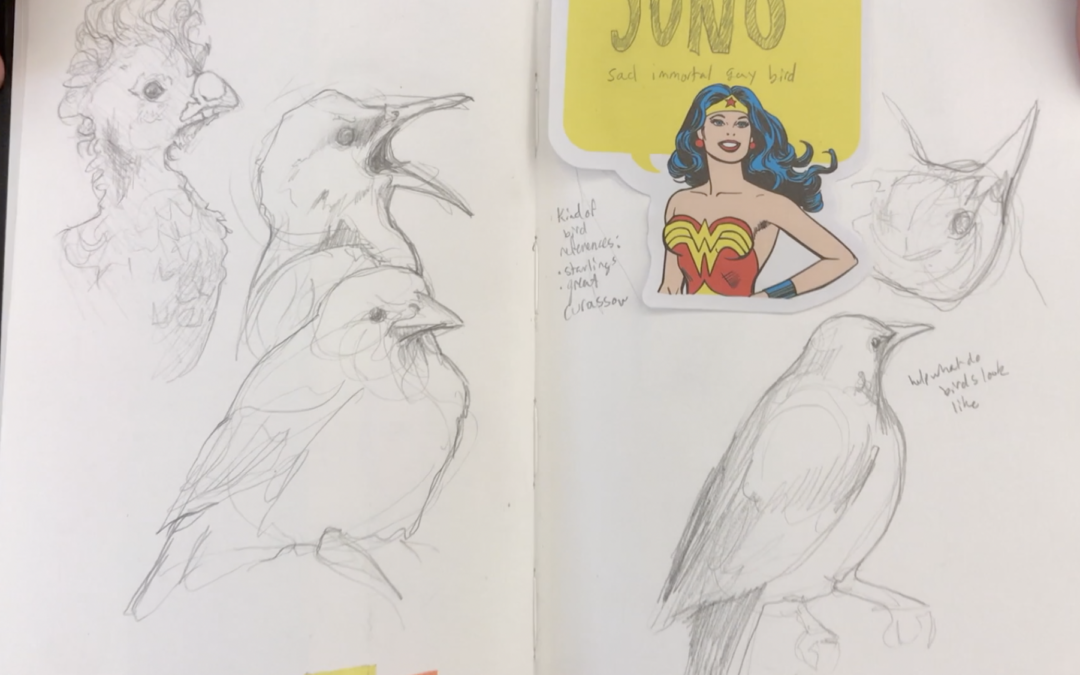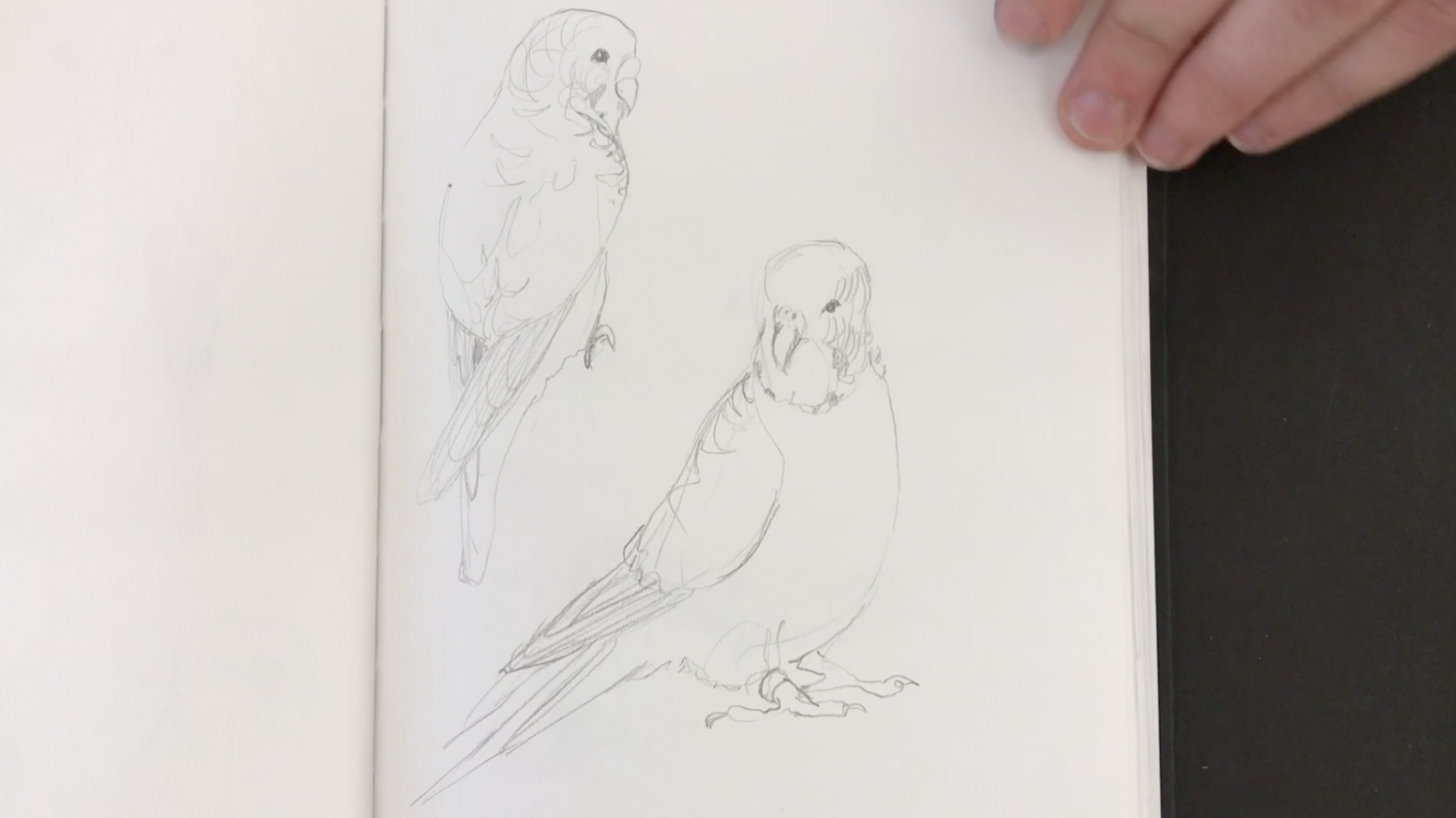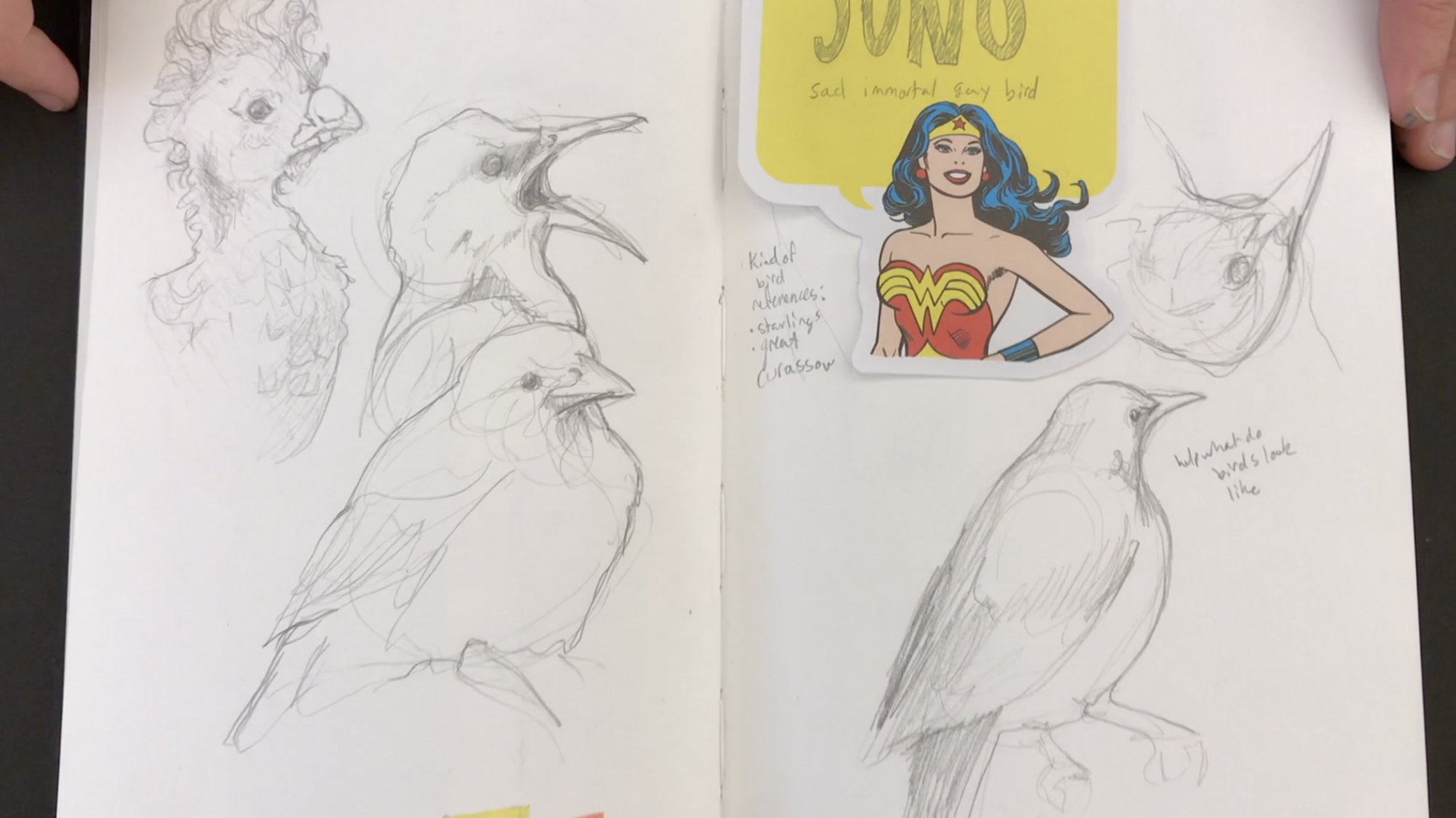
Blending Shadow Shapes With a Brush
This short drawing tutorial will teach you how to blend pencil with a bristle brush. By using various types of bristle brushes you can really blend shadow shapes in a soft realistic way.
Sometimes when we use a blending stump things can get a bit over blended. Blending stumps tend to make your drawings look a bit heavy handed when over used.
In this particular drawing lesson the brush really helped me to push the pencil into the texture/tooth of the paper. By implementing this same technique you will be able to model form in a realistic way.
I encourage you to try this technique. The brushes do not need to be expensive, in this case the cheaper the better.
Let me know what you though about this technique. I find it works really well in speeding up the drawing process. Especially when working with an old school pencil on regular drawing paper.
The complete lesson will be posted on Drawing Tutorials Online later this month.

























